-
In Conversation with Polina Ivanova and Mehdi Hesamizadeh
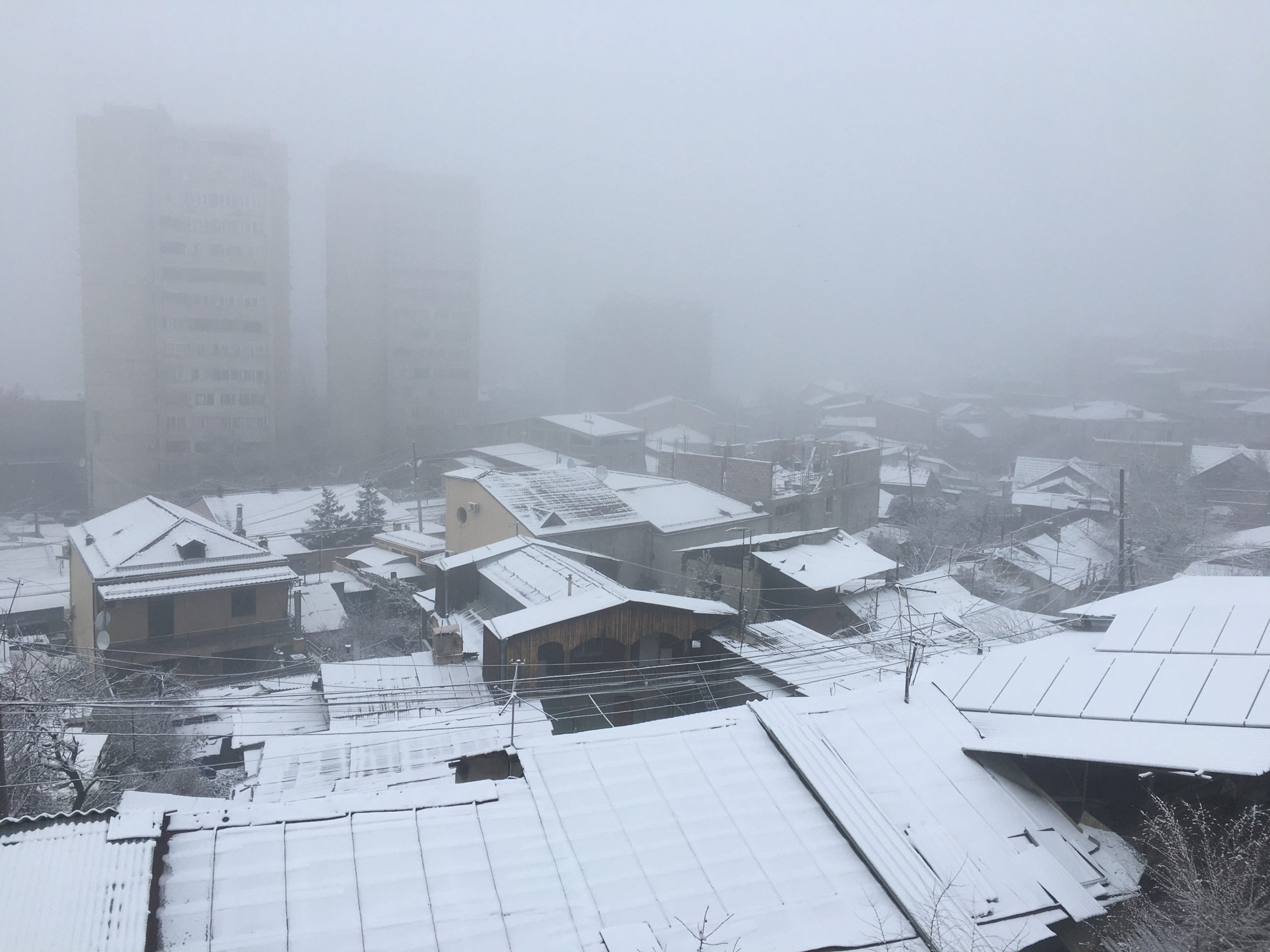
I met historian Polina Ivanova and artist Mehdi Hesamizadeh in Yerevan, Armenia in January 2020 when I travelled there to participate in Mejlis Institute’s Persian Language and Cinema Winter Programme. Mejlis Institute was launched by Polina and Mehdi in 2019 as a non-profit organisation with the aim to bring to life the premodern meaning of…
-
Kushtdepdi of the Turkmen and Its Origins
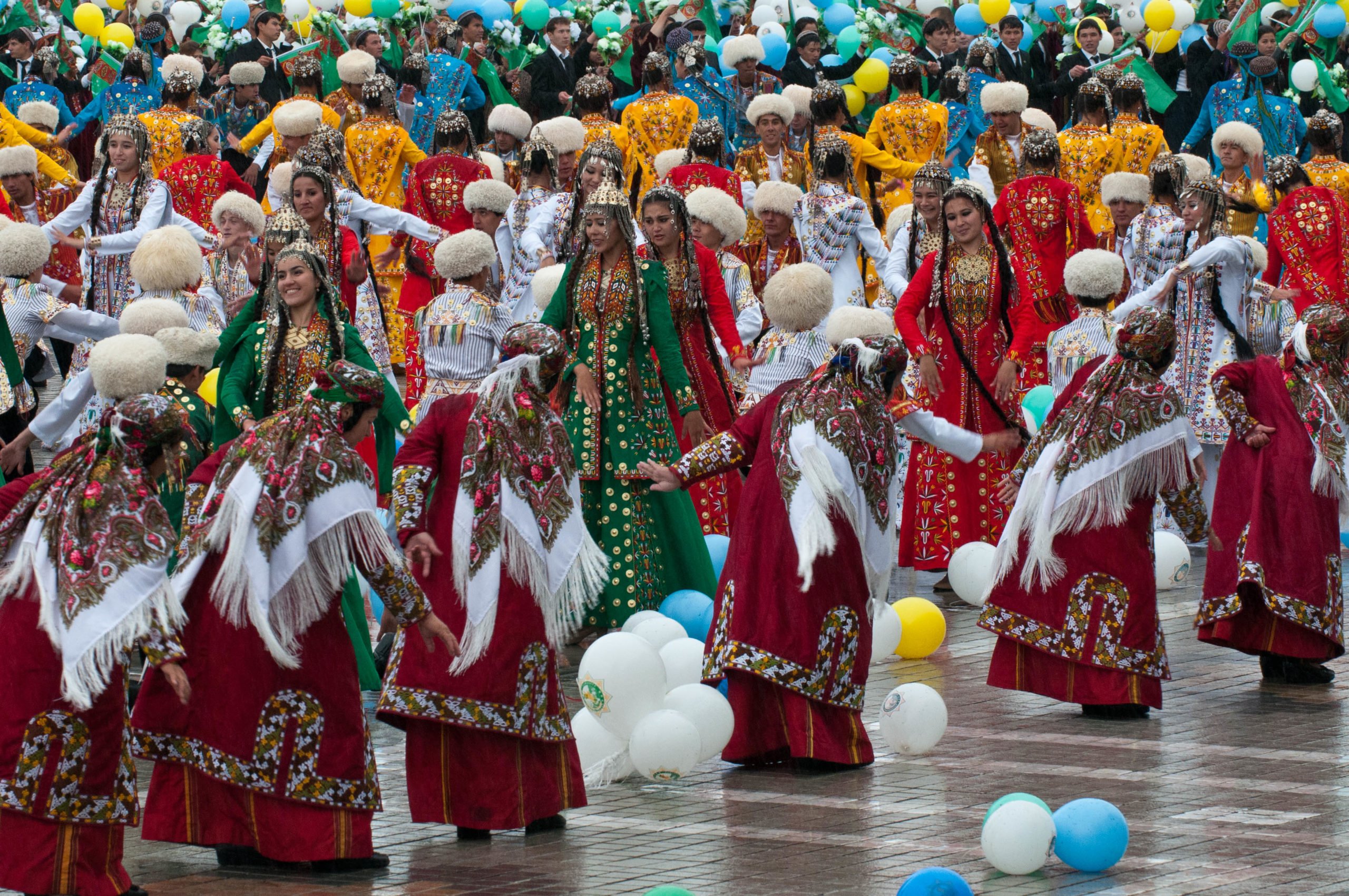
I heard singing with the distinct “hu hu” breathing pattern, and instantly, a small circle of people gently formed in the middle of the crowd in the courtyard of the groom’s house. The people in the circle—children and adults—danced around the circle stamping their right foot on the ground, and afterwards, jumping up and throwing…
-
‘Where the Wind Blew’ – with art against nuclear weapons
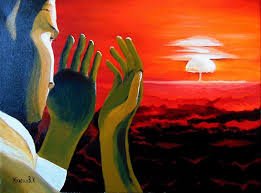
The Central Asia Forum team attended the screening this September of the documentary ‘Where the Wind Blew’ by famous British director Mr Andre Singer, at the First President Foundation Office in London. The event, organised by Kazakhstan’s First President Foundation in the UK, honoured the International Day against Nuclear Tests, which marks the closing, in…
-
Language policy in Central Asia
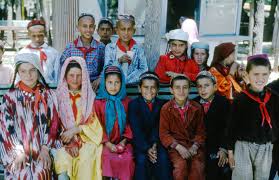
The language policies of the Central Asian republics since their independence have needed to respond to linguistic complexities that emerged during the period of colonisation by Russia. These issues include the development of local languages as languages of administration and education, the ethnolinguistic profile of the region, the impact of the Russian language on local…
-
Why can you buy German bread in Kazakhstan?

A story of mass movements throughout Central Asia, by Nikolai Klassen. Not only is Russia a riddle, wrapped in a mystery, inside an enigma: fragments of the puzzle are also replicated and recapitulated throughout Central Asia, with the five ‘stans’ all bearing idiosyncrasies that point to a past as rich and unpredictable as the present.…
-
Creative Bishkek: Rafael Vargas-Suarez
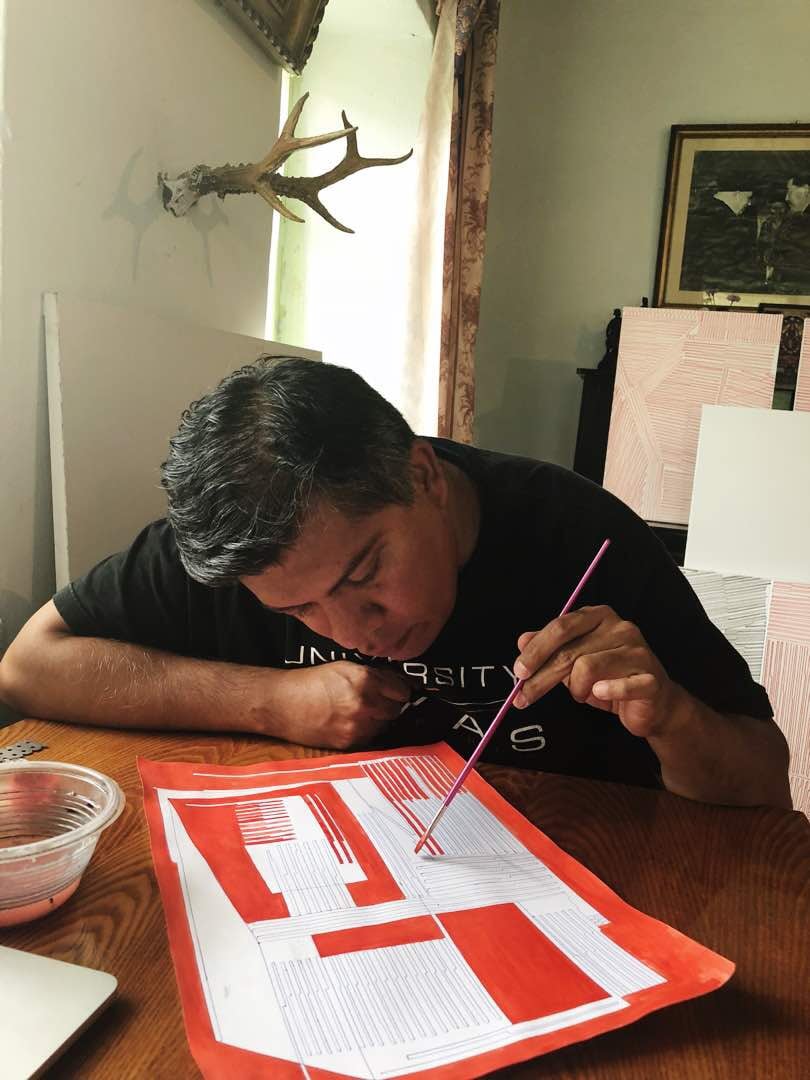
Vargas-Suarez Universal , is a contemporary artist based between New York and, for the last three years, Bishkek
-
Review of Overcoming a Taboo: Normalizing Sexuality Education in Kazakhstan
Recent reports show the rates of child abandonment as a consequence of unwanted teenage pregnancies are alarmingly high in Kazakhstan. This problem along with other sexual health problems could be the result of a number of factors, including the lack of effective sexuality education programs in the school curriculum that would shape young people’s sexual…
-
Creative Bishkek: Group 705

For the latest interview in the Central Asia Forum’s Creative Bishkek series; meet Group 705; Kyrgyzstan’s answer to the Situationist International. Marat Raiymkulov is a Kyrgyz artist who has been involved in Bishkek-based art collective Group 705 since its inception in 2005. Drawing on an absurdist philosophy, the group is primarily concerned with animation, drawing,…
-
Creative Bishkek: Ulan Djaparov
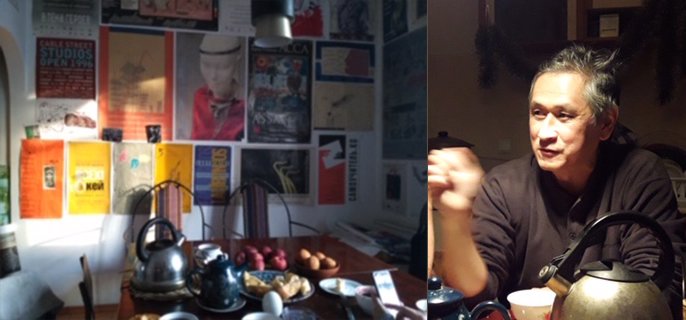
CAF interviews Ulan Djaparov, the godfather of contemporary art in post-Soviet Bishkek.
-
Creative Bishkek: Chihoon Jeong
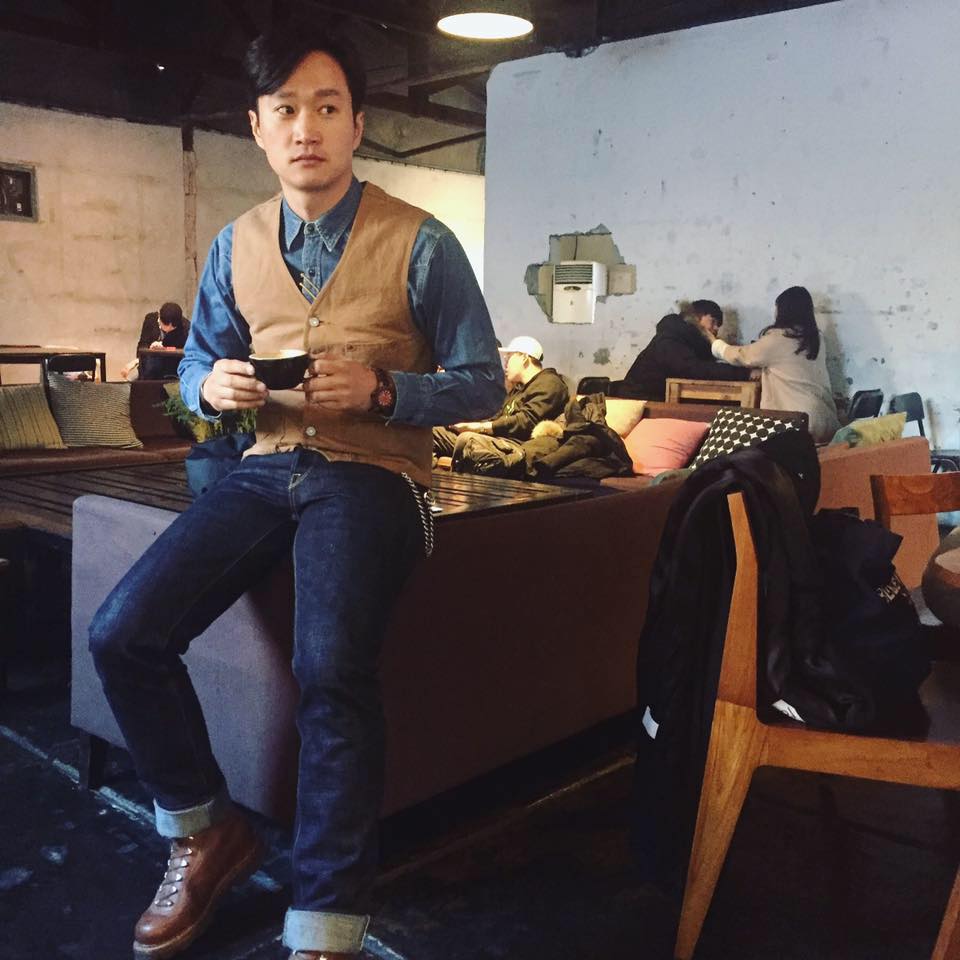
‘I saw Bishkek as an unfilled linen canvas; one that I wanted to paint on’. Chihoon Jeong is a South Korean entrepreneur based in Bishkek, Kyrgyzstan. His Korean chicken restaurant Chicken Star has quickly established itself as a creative hub in the city, with regular cultural events and local art on the walls (including works…
-
How Post-Soviet countries in Central Asia are redefining their identities.
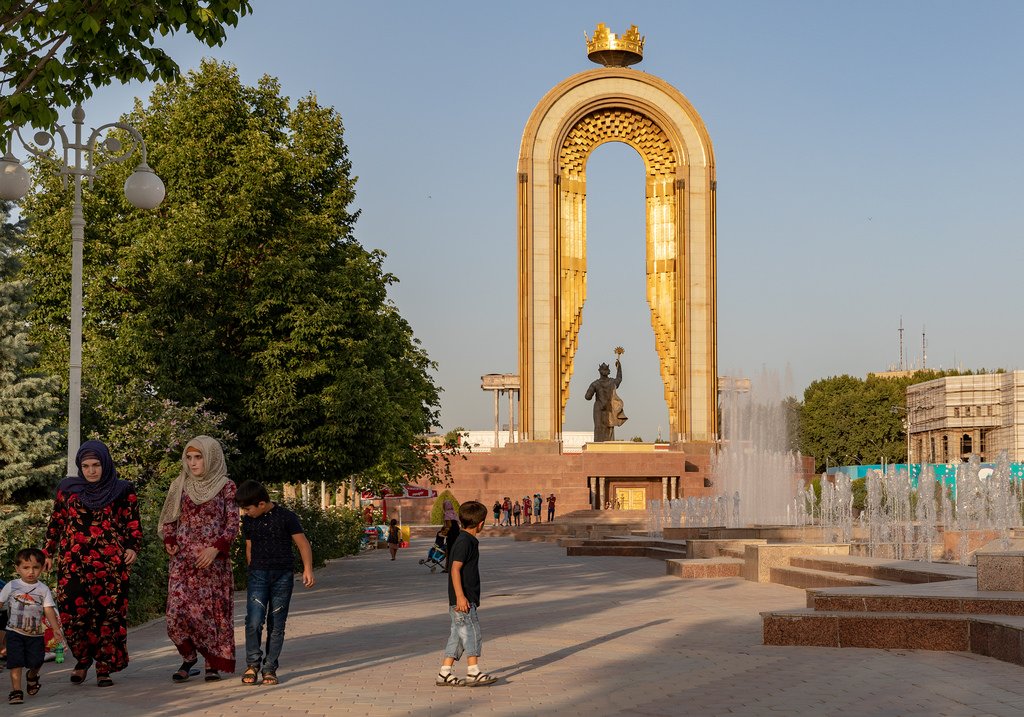
Although an external observer still tends to label the five major countries of Central Asia’s vast region (Kazakhstan, Kyrgyzstan, Tajikistan, Afghanistan, Turkmenistan, and Uzbekistan) as ‘Post-Soviet’, it might just be the wrong prism to use.
-
Creative Bishkek: Aida Sulova
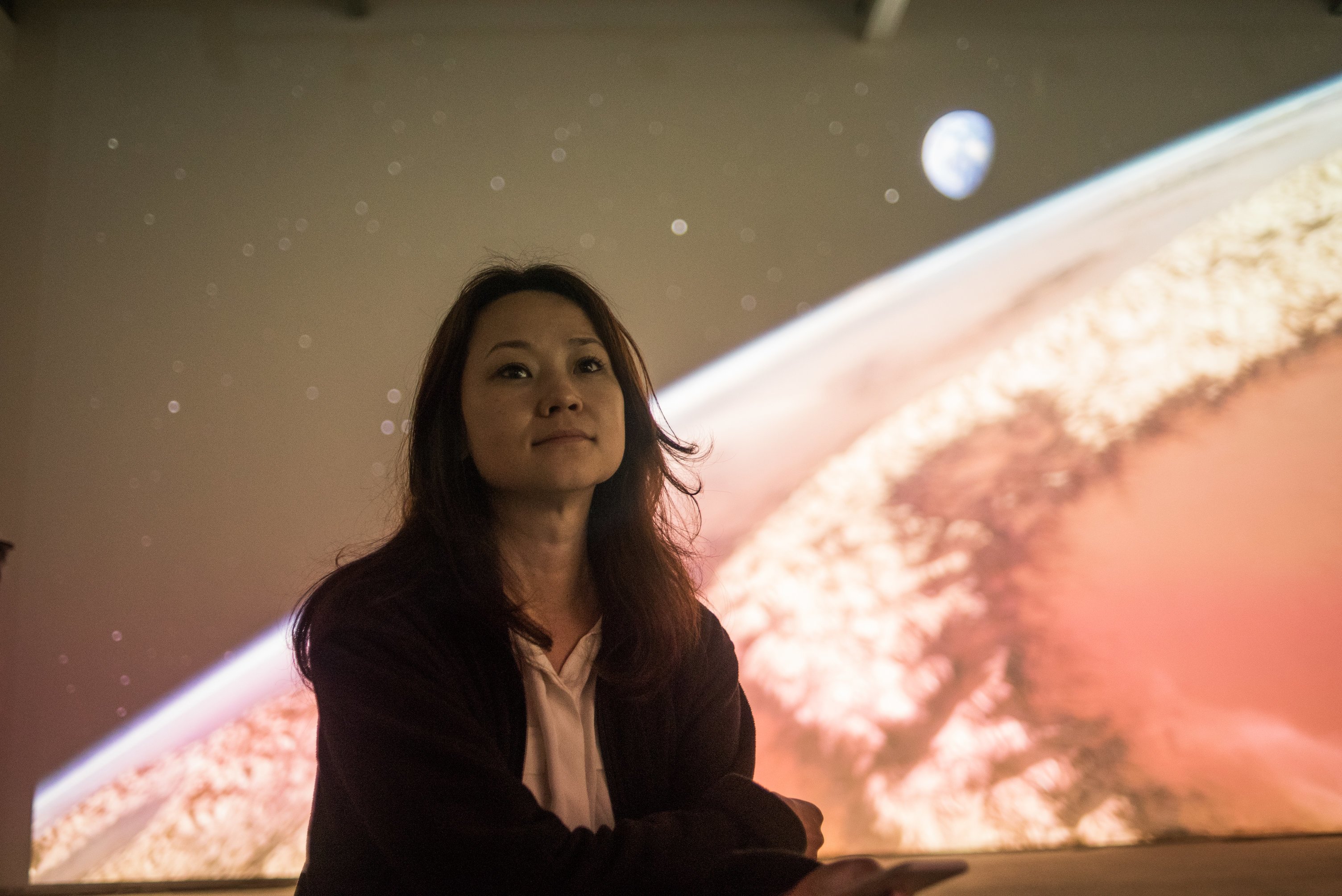
Creative Bishkek: Aida Sulova is the second interview of the series introducing the lives and work of talented and creative people from Bishkek, who are helping to establish Kyrgyzstan’s capital as the region’s cultural hub Kyrgyz artist and curator, Aida Sulova, developed Bishkek’s leading art centre: Asanbay. She has helped produce public art in the…
-
Creative Bishkek: Maksat Sydykov
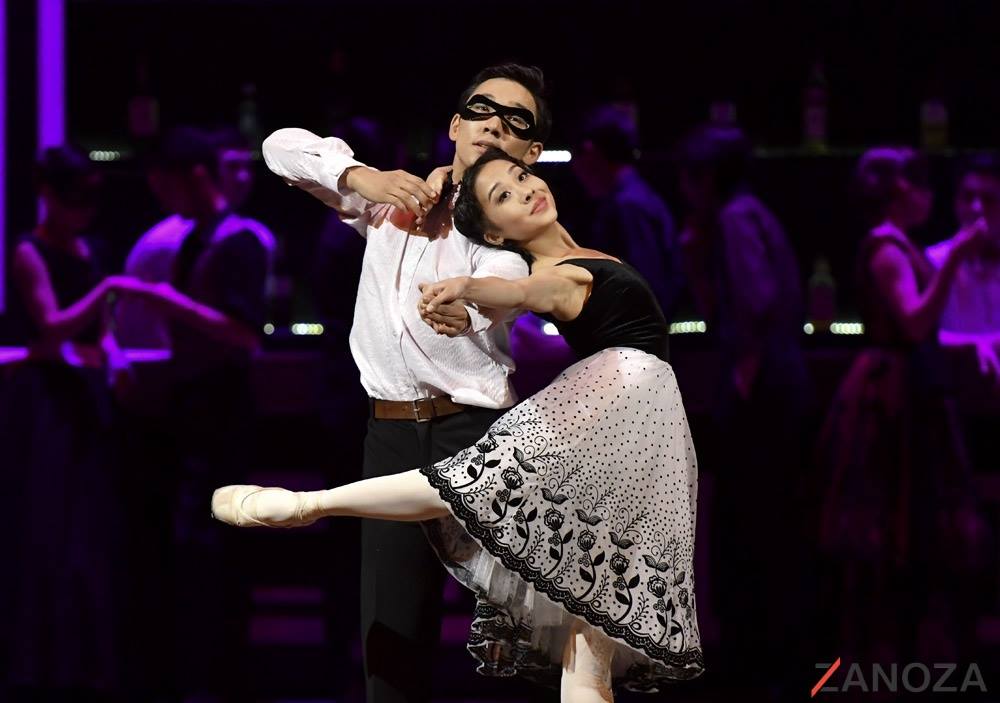
Maksat Sydykov reflects on his role in the world of contemporary Kyrgyz ballet.
-
The New Recommendation
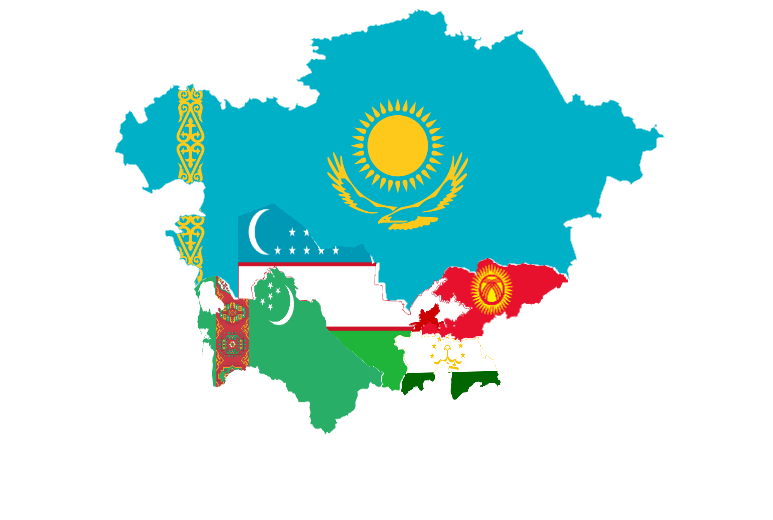
On the 5th of December, the Eurasian Council of Foreign Affairs (ECFA) published the recommendation for EU’s new strategy on Central Asia at the annual meeting in Cliveden House. As a student from Central Asia, I was extremely excited to be invited to the meeting as a part of the Central Asia Forum (CAF) delegation…
-
Central Asia Between Eastern Europe and the Developing Asia: Academic Invisibility from a World Systems Theoretical Point of View
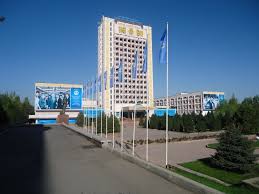
World systems theory (WST) dates back to Immanuel Wallerstein, who developed his understanding on world power relations by building on Marxist concepts of capitalist world system and on the core-periphery models of dependency theories. WST suggests the division of the world (of anything) to central, peripheral and semi-peripheral agents. While most analysts used WST to…
-
An Optimist about Central Asia – and for Good Reason
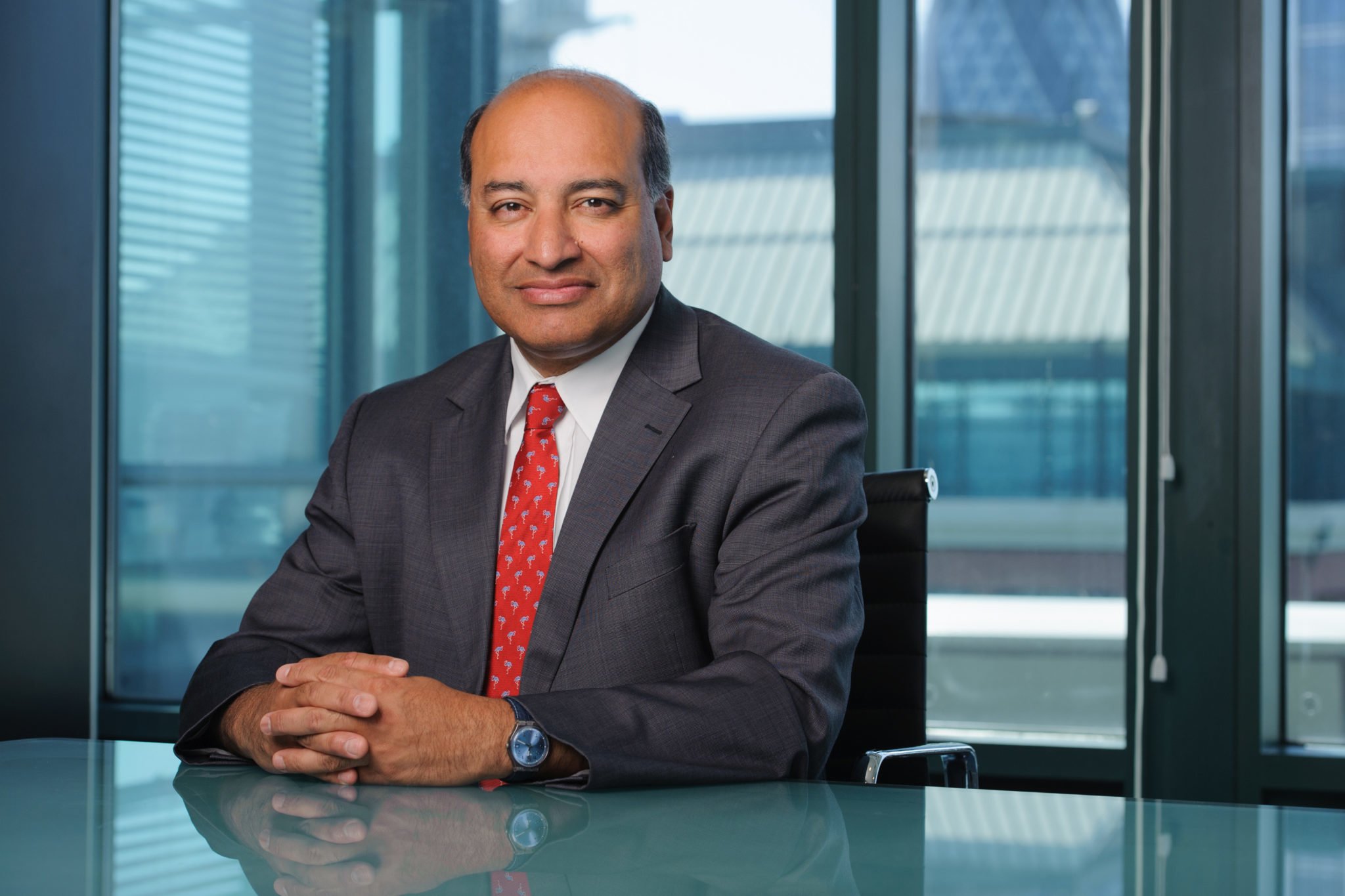
Suma Chakrabarti is president of the European Bank for Reconstruction and Development I am, by temperament and outlook on life, an optimist. That makes me a strong enthusiast for all the different regions where the EBRD works. I am, however, particularly excited about the future of Central Asia – and not just because I was…
-
Baghdad, Crossroads of the Universe
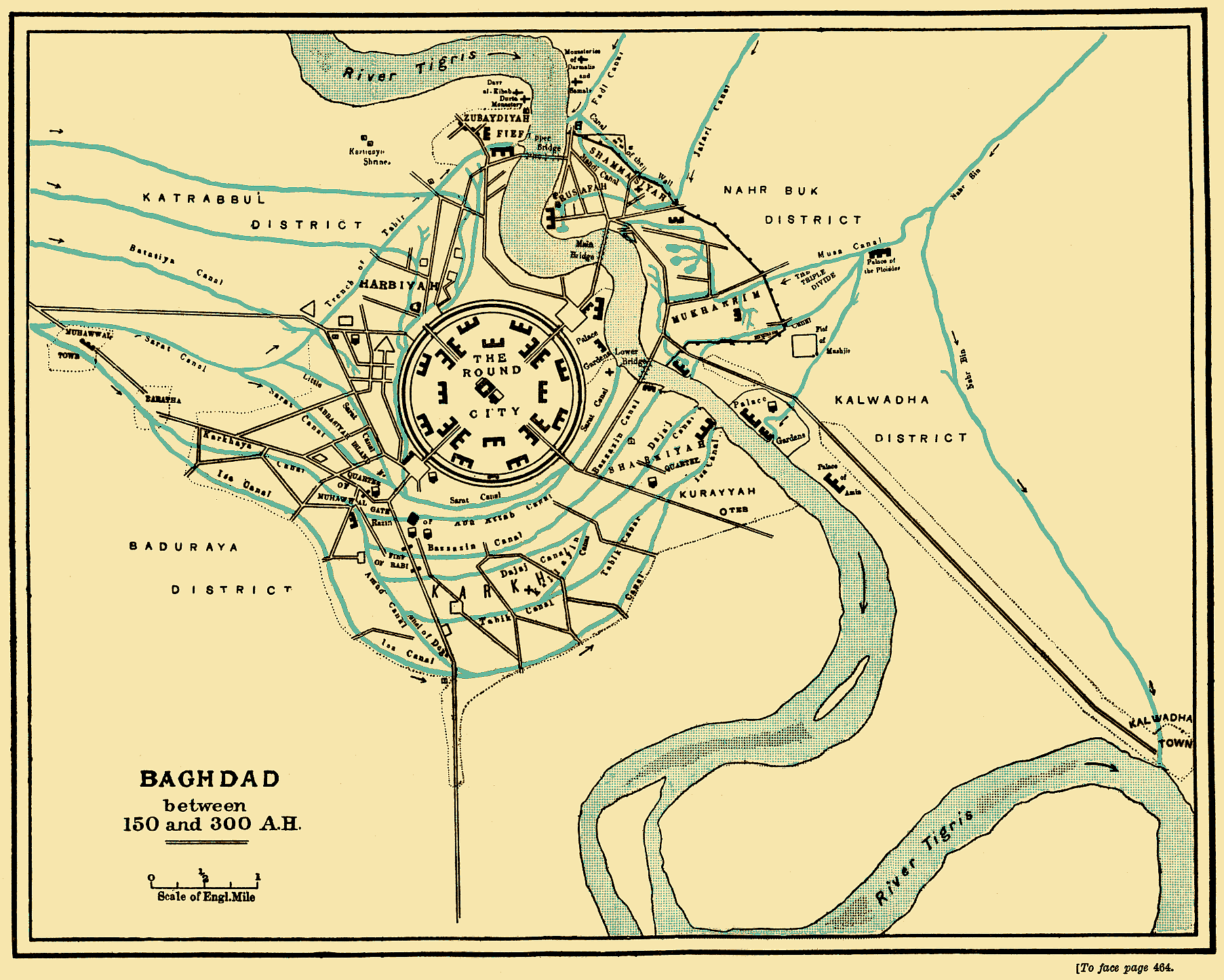
Baghdad – A City of the Silk Road By the river of Tigris, home of the mythical merchant and sailor Sinbad, Baghdad was at the heart of a complex network of trade routes and markets: the Silk Road. This is represented in the various sources and destinations of the trade activity of the city including…
-
A celebration of history and culture: the World Nomad Games
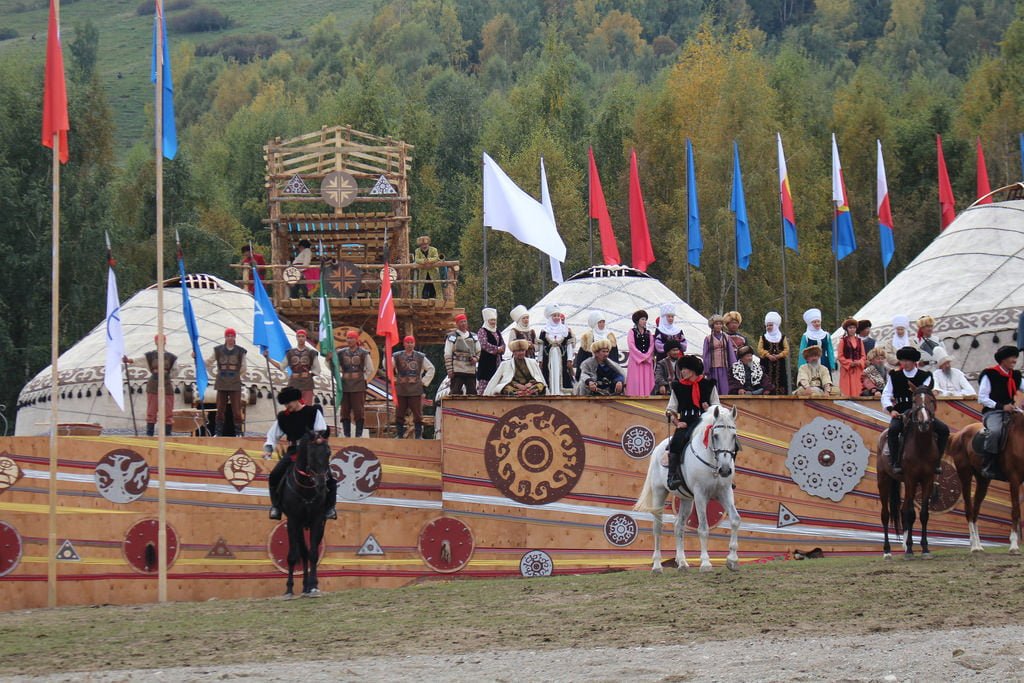
Nomadic culture leaves a deep and colourful imprint on Eurasian history. Nomadic empires first arose as shadow empires in response to the centralisation of China according to one of the main academic debates. On the eastern side of the steppe, necessity forced the nomads into creating a centrally-administered Mongolia to conduct potentially violent business with…
-
Walking in forgotten lands: conservation in Kyrgyzstan
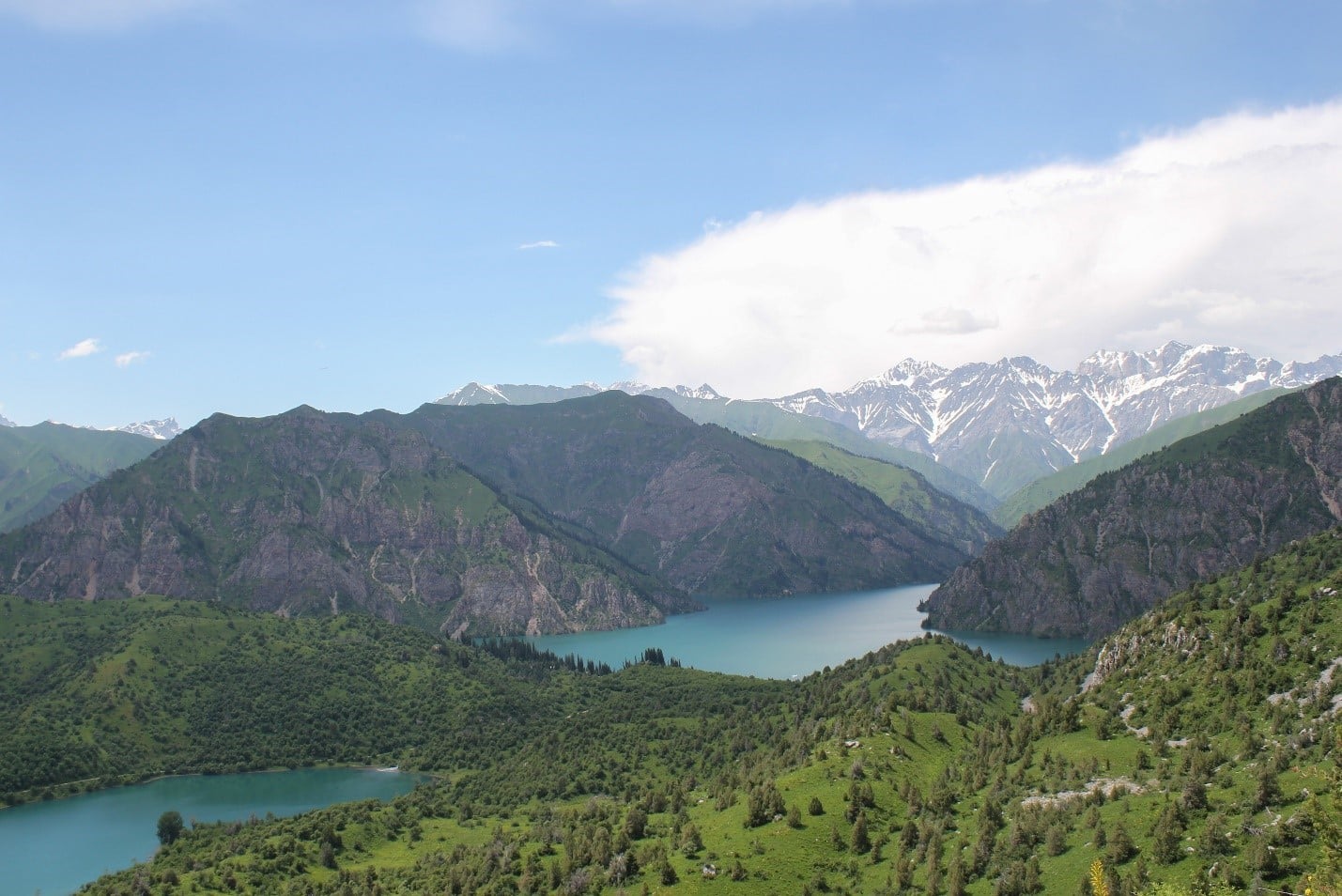
The rural climbs of Kyrgyzstan are legendary. They are also under threat. Brett Wilson has been working as part of an international effort to secure the future of Central Asia’s unique native flora.
-
The natural and unnatural wonders of Central Asia
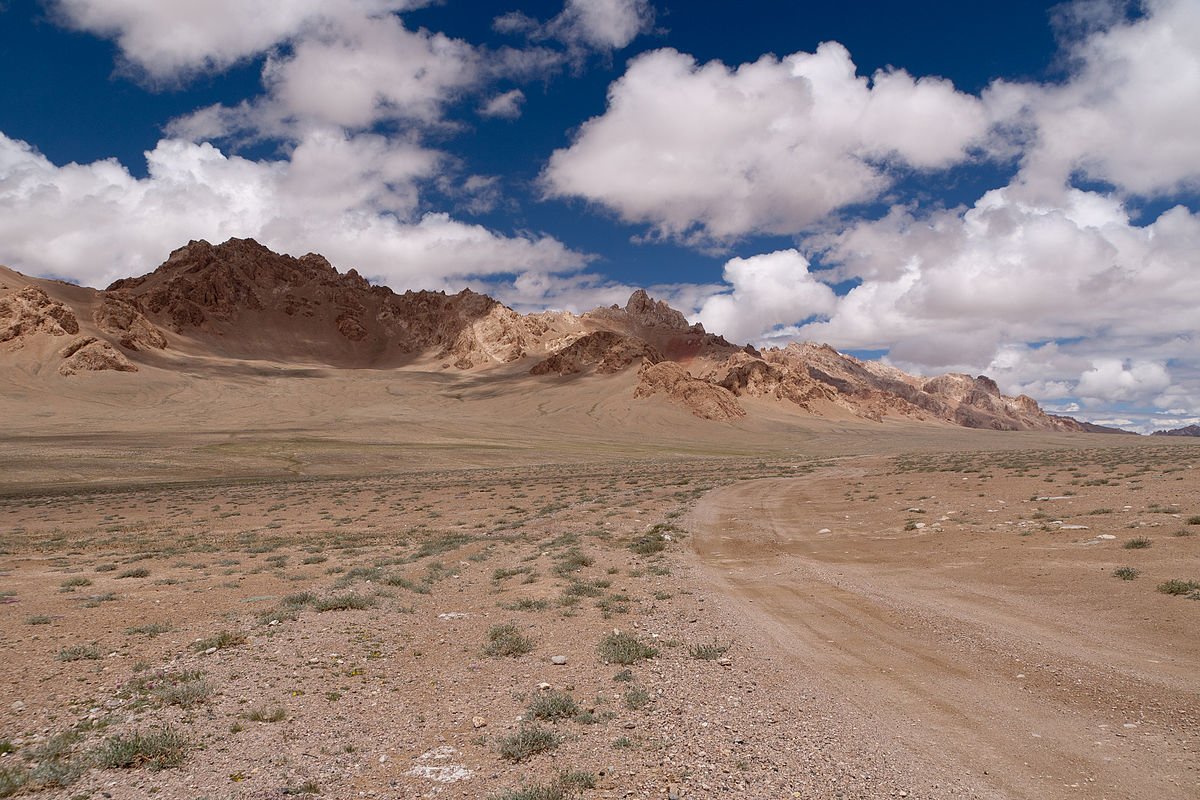
In terms of space, Central Asia has a lot of it. With a combined land area of 3,926,790 square kilometres, the Five Stans cover 2.63 percent of the world’s landmass. Although that is an area far larger than India, Central Asia has a population density of just eighteen people per square kilometre. India, by comparison,…